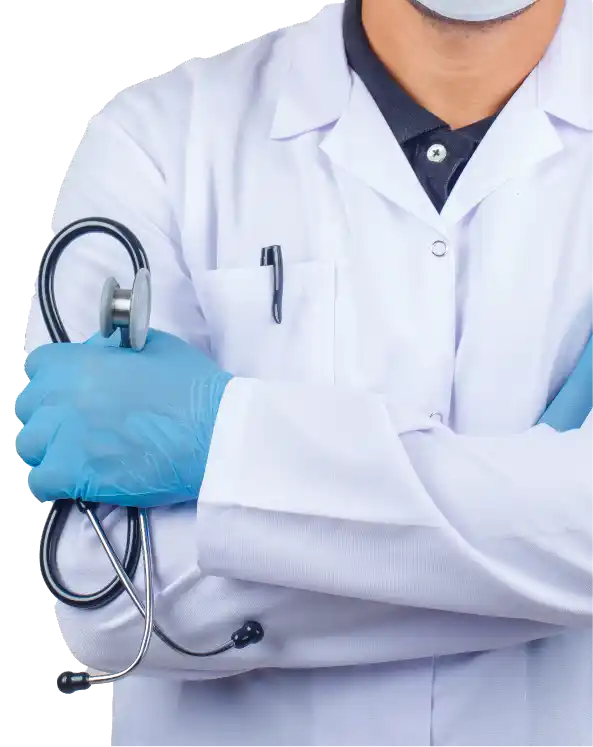Poor Vision: Meaning, Causes, Symptoms & Treatment
Poor vision is a concern of every person with low eyesight. This can be a nearsighted vision issue, farsighted vision issue or both near as well as far vision issues. Depending on person to person, poor vision and its severity differ. The number of people with glasses and contact lenses is increasing day by day. Thus, poor vision needs immediate collective improvement to protect each individual from leading a disturbed lifestyle and facing difficulties while coping with daily activities.

WHAT IS POOR VISION?
Poor vision or low vision is a common condition that occurs when a person starts to face difficulty while seeing things. This is an eyesight problem that can occur at any age, and can be a typical by-birth defect in some cases.
Anyone can get affected with poor vision, as the condition results due to injuries or trauma. Certain problems like glaucoma and muscular degeneration affects elderly people over 45 years of age. Poor vision is more common in people above 75 years of age.
Common vision problems include:
Night blindness- Inability to see objects at night or in poorly lit areas like movie theatres.
Blurry vision- Type of poor vision wherein both near and far objects appear unclear.
Hazy vision- Type of vision wherein entire vision area appears glary.

TYPES
Myopia
Myopia is also known as nearsightedness in which the cornea is unable to focus the light on the retinal surface, rather the light is focused in front of the retina.
1
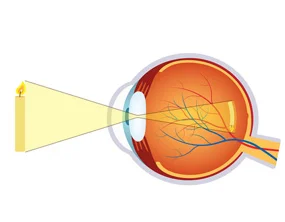
Hyperopia
Hyperopia is also known as farsightedness in which the cornea is unable to focus the light on the retinal surface, rather the light is focused behind the retina.
2

Astigmatism
Astigmatism is the treatable imperfection of the eye curvature.
3
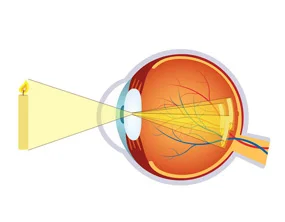
Presbyopia
The type of eye problem wherein the eyes are unable to focus properly on the nearby objects.
4
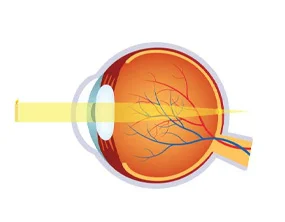
CAUSES
- Conjunctivitis
- Migraine
- Diabetes
- Glaucoma
- Cataract
- Ageing
- By-birth
SYMPTOMS
- Dry eyes or water coming out
- Tearing or discharge
- Burning or irritation
- Iris colour change
- Trouble focusing
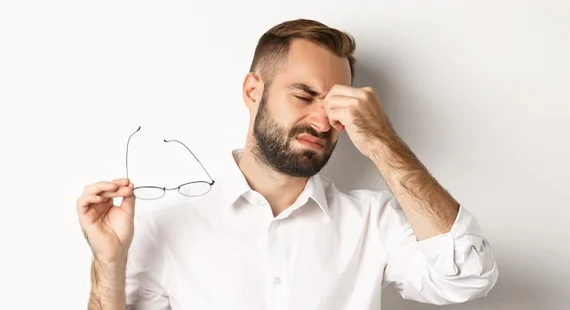
DIAGNOSIS
The diagnosis majorly include undergoing a series of detailed optometry eye test that includes
- Physical tests
- Virtual acuity test
- Colour and contrast detection test
- Visual fields test
- Neurological examination
DO's
DONT's
TREATMENTS
NON-SURGICAL TREATMENTS
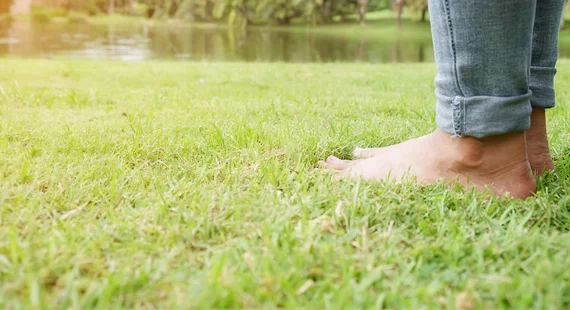
Exercise
Eye exercises, walking barefoot in green grass, and palming are proven good exercises to improve vision.
Healthy diet
Vitamin A, Vitamin C, nutrients and green leafy vegetables must be present in diet to ensure good vision.
Poor vision aids
Magnifying glasses, reading prisms, hand magnifiers, lenses that filter light and telescope glasses.
SURGICAL TREATMENTS
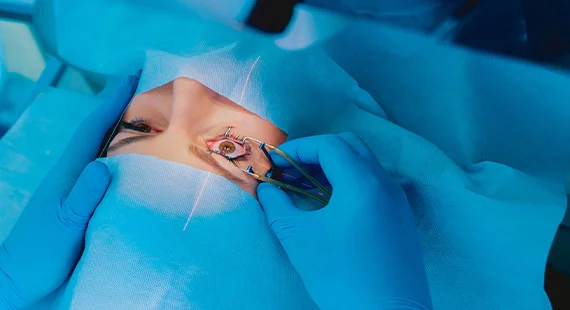
LASEK surgery
Laser Epithelial Keratomileusis (LASEK) is a surgical procedure that combines the benefits of more than one vision correction surgeries. It is done to treat astigmatism, farsightedness, and nearsightedness.
LASIK surgery
Laser assisted in situ keratomileusis (LASIK) is an important and most commonly performed surgery to correct poor vision.
Cataract surgery
A safer and very common outpatient surgical procedure to remove the defected eye lens and replace it with an artificial lens to correct poor vision.
RISKS AND COMPLICATIONS
Complications of poor vision:
- Double vision
- Permanent vision loss or blindness
- Difficulties seeing at night
- Blind spots
- Cataracts
Poor vision can lead to difficulties in living a normal lifestyle, going out at night as the night vision decreases, can lead to other eyesight problems and difficulties without eyeglasses or contact lenses are some common complications.
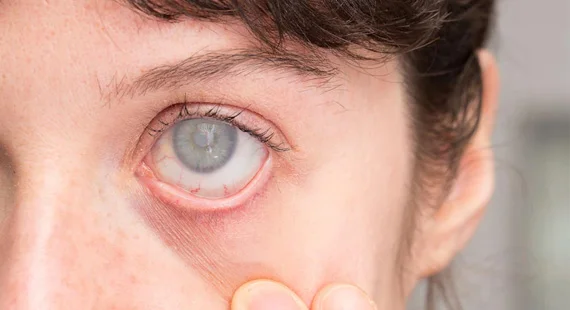
IF LEFT UNTREATED
Poor vision if left untreated can go on to continue and get worse. A person with poor vision might start to face major daily challenges depending on the type of poor vision the person is dealing with, difficulties seeing at night, difficulties driving or doing other activities.
COST
The cost of LASIK in India ranges between ₹55,000 to ₹65,000. The cost of surgical treatment of cataract is ₹25,000 to ₹ 35,000. The average cost of barrage laser surgery to treat the young patients with myopia is ₹7000 to ₹12,000. The surgical treatment for retinopathy costs between ₹10,000 to ₹20,000. The cost for treating retina related problems is between ₹8,000 to ₹15,000.
Financial Options

INSURANCE COVERAGE
Most of the surgical treatments for the poor vision like cataract surgery are covered under health insurance. Most of the time, the insurer will cover a particular amount for the surgery.
However, the amount of coverage depends on the type of policy. It is essential to know that treatments other than surgical treatments will not be covered under your insurance.

Know more about Poor Vision
Poor vision, also known as visual impairment or low vision, is a condition in which a person has difficulty seeing or may be unable to see at all. Poor vision can be caused by a variety of factors, including eye diseases, injuries, genetic disorders, and age-related changes.
Anyone can face the problem of poor vision, as the condition results due to injuries or trauma. Certain problems like glaucoma and muscular degeneration affect elderly people over 45 years of age. Poor vision is more common in people above 75 years of age.
There are certain common types of poor vision:
- Night blindness- Inability to see objects at night or in poorly lit areas like movie theatres.
- Blurry vision- A type of poor vision wherein both near and far objects appear unclear.
- Problem with central vision- A type of vision that occurs due to a blind spot in the center of the vision.
- Hazy vision- Type of vision wherein the entire vision area appears glary.
The most common causes of poor vision include:
- Refractive errors: These include nearsightedness, farsightedness, and astigmatism, and occur when the shape of the eye prevents light from focusing properly on the retina.
- Cataracts: A clouding of the eye's natural lens that occurs with age.
- Glaucoma: A group of eye diseases that can damage the optic nerve and cause vision loss.
- Macular degeneration: An age-related condition that affects the center of the retina and can cause loss of central vision.
- Diabetic retinopathy: A complication of diabetes that can damage blood vessels in the retina and lead to vision loss.
- Retinitis pigmentosa: A genetic disorder that causes degeneration of the retina and can lead to vision loss.
It's important to have regular eye exams to detect and treat any potential vision problems early on, as many conditions that cause poor vision can be effectively managed with proper care. At Glamyo Health, expert ophthalmologists are available for various types of eye problems.
Every person who wants to aim for healthy eyesight must know that reaching out to Glamyo Health gives the perfect solution to all your eyesight problems.
 New Delhi
New Delhi  Bangalore
Bangalore  Mumbai
Mumbai 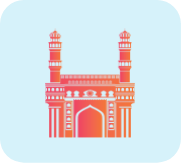 Hyderabad
Hyderabad  Pune
Pune  Chennai
Chennai 